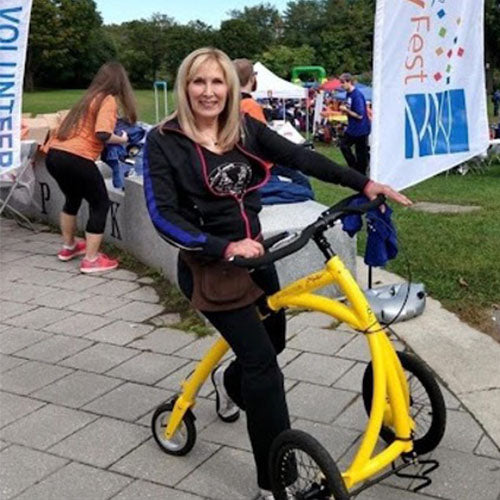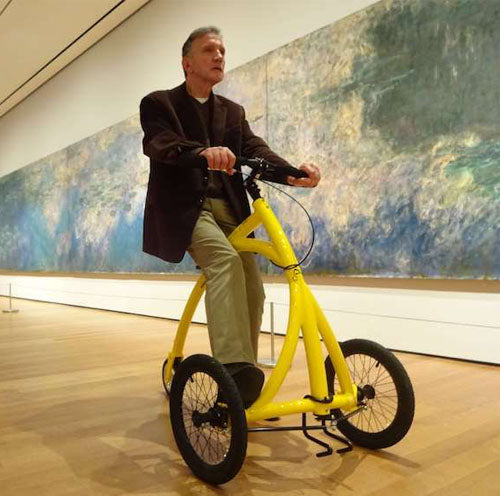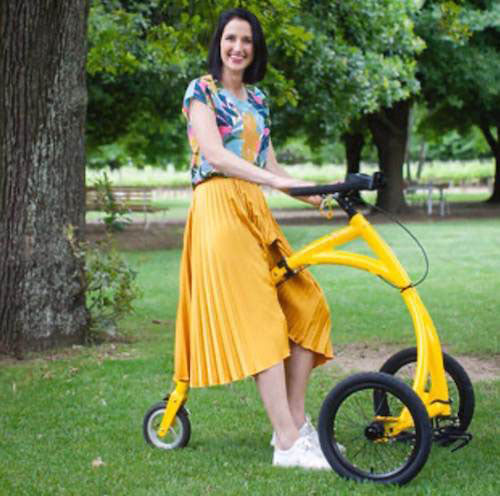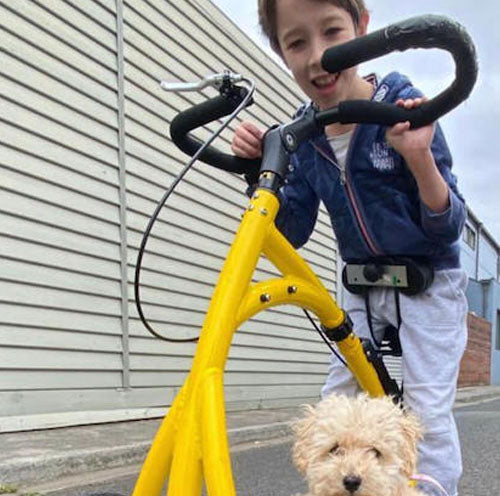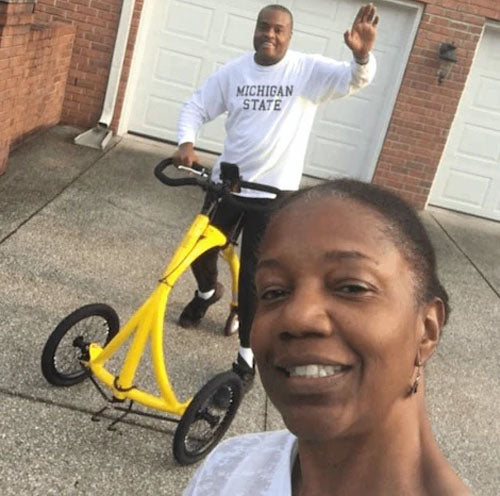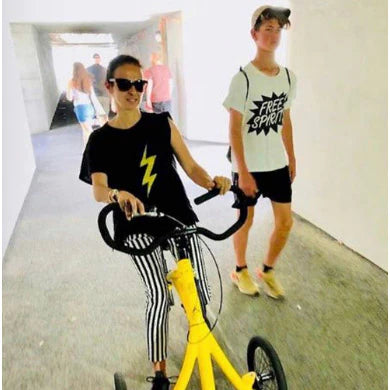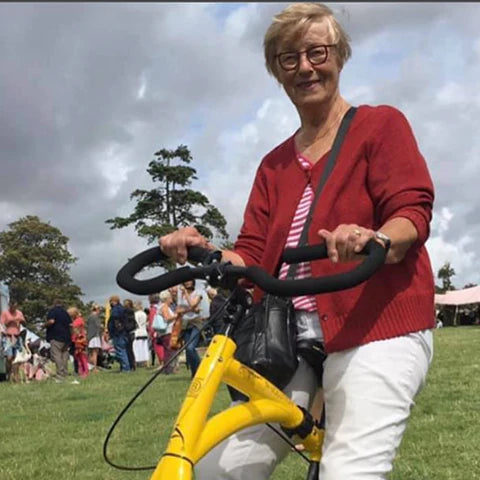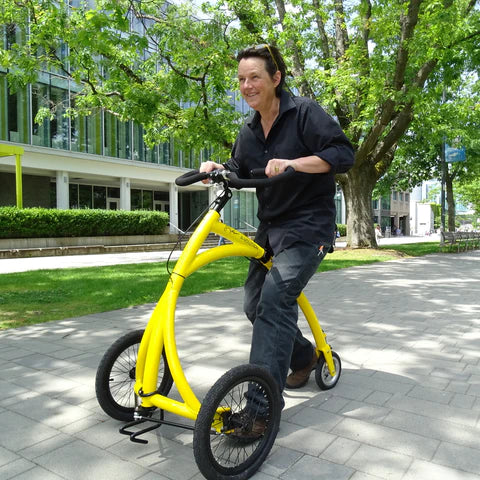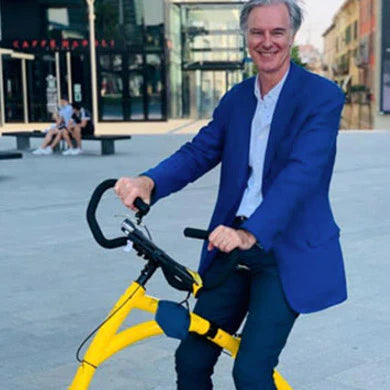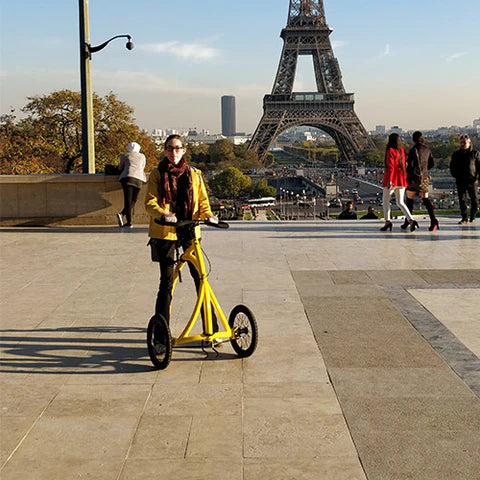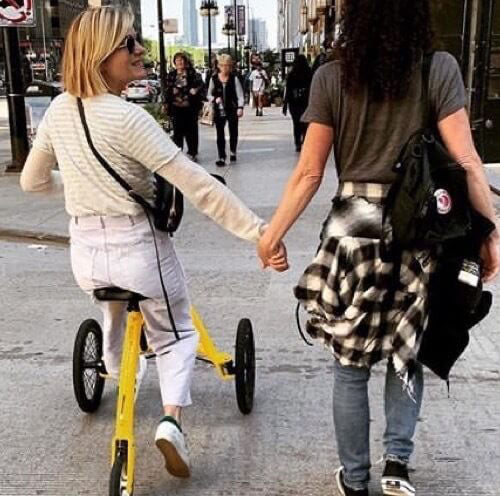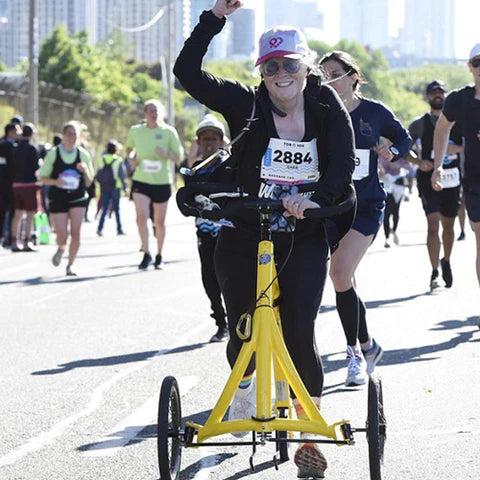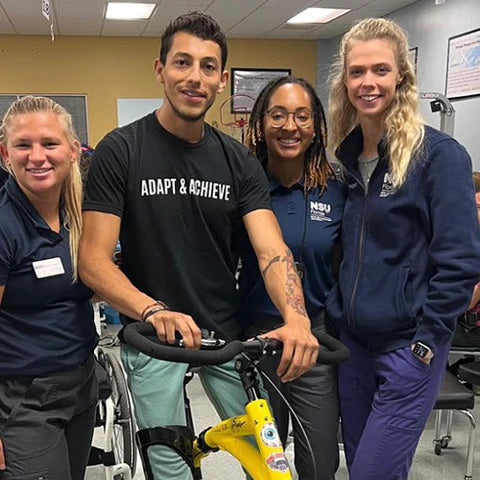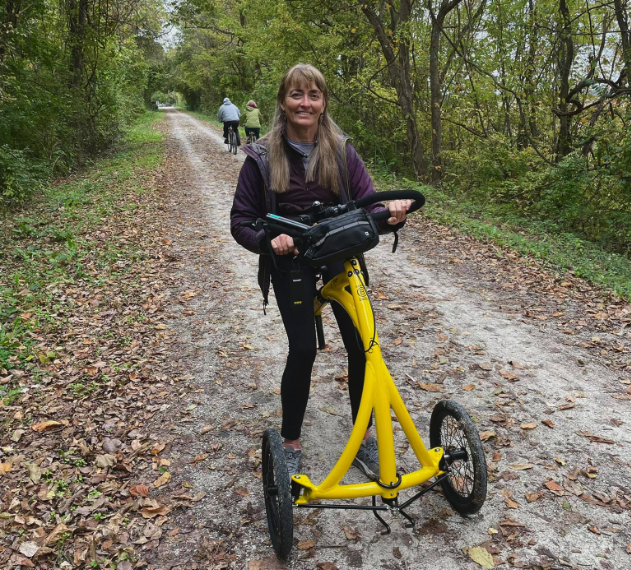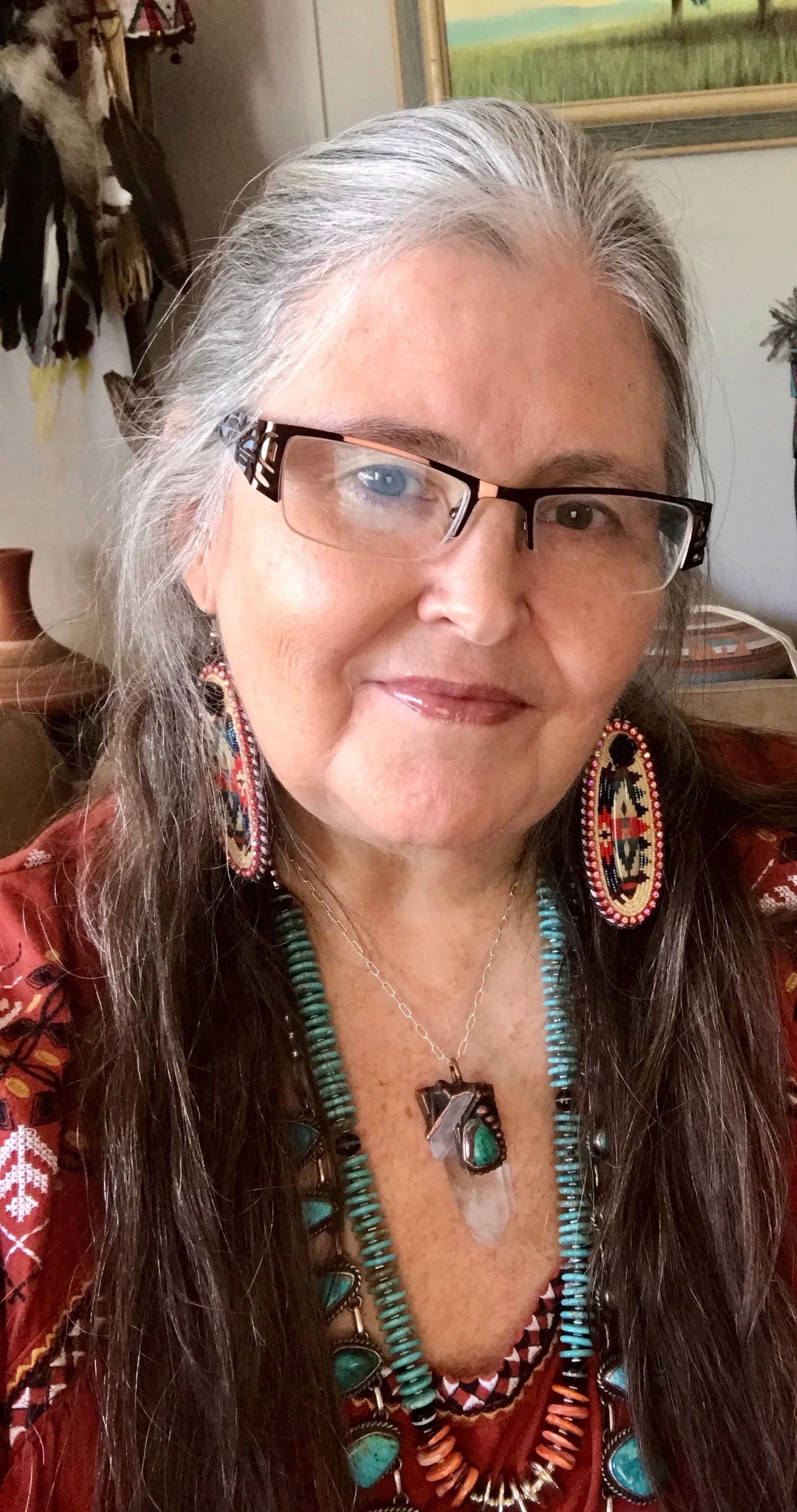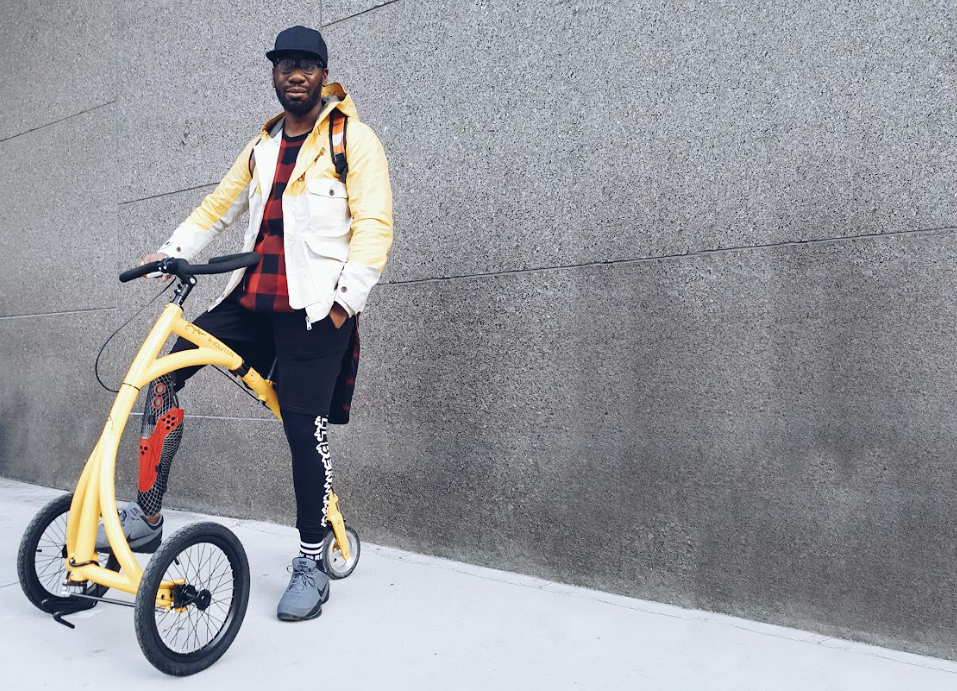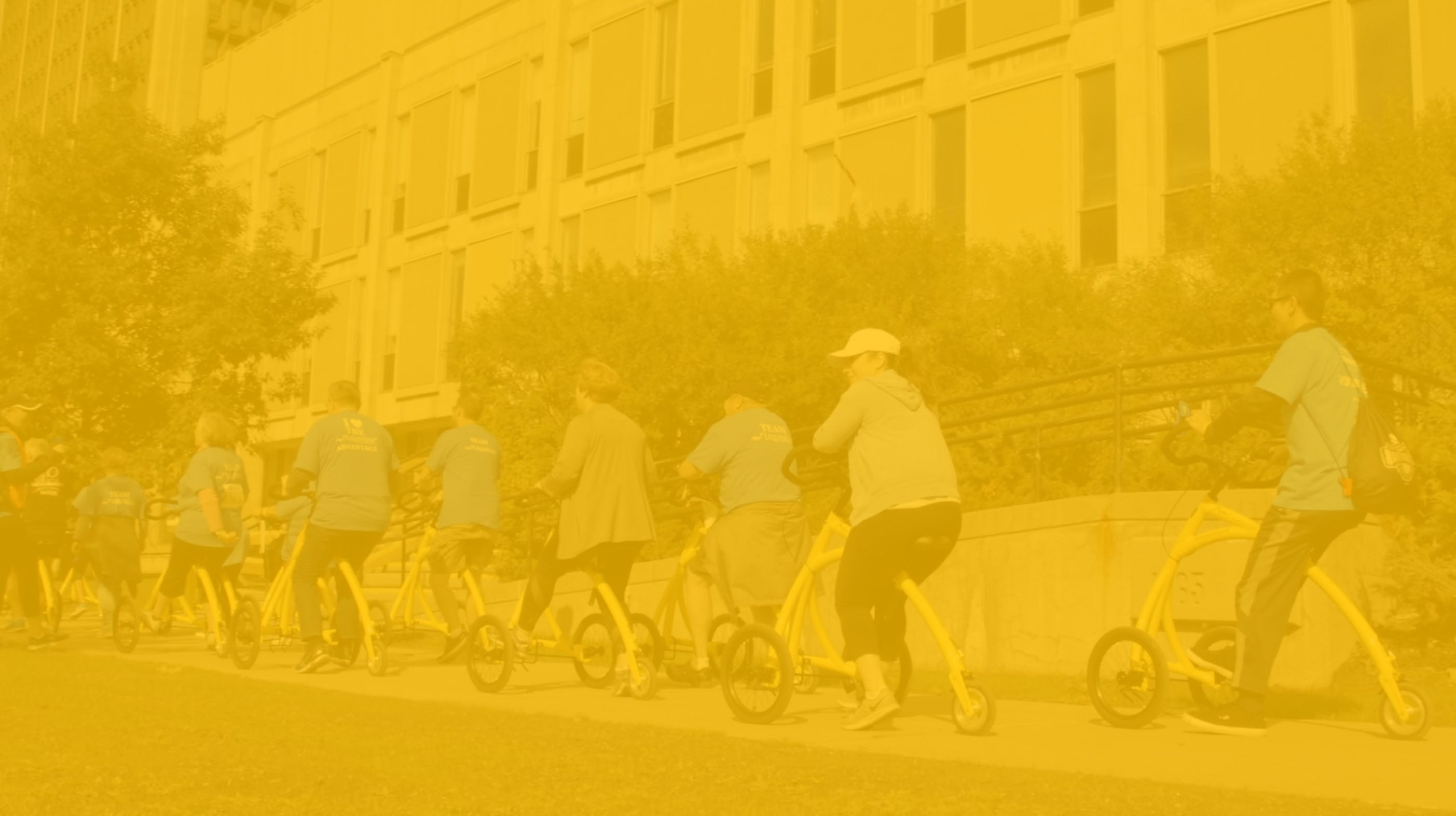Spending time outdoors has innumerable benefits to our mental and physical health, from reducing anxiety and depression, to improving sleep patterns, to enhancing creativity. However, for people with limited mobility, getting access to the outdoors can be challenging. Many outdoor spaces aren’t suitable for people using mobility-assistive devices, with trails that are either too narrow, too steep, or uneven. However, there is a growing movement towards building accessible trails for people with disabilities, and incorporating inclusivity into existing parks and recreation sites. As the conversation around mobility and access grows, we can only expect the list of accessible trails to grow.
While it’s beyond our scope to list every single accessible trail, we’d like to offer some tips on how to find accessible trails near you, wherever you may be.
How to find accessible trails near you.
Trail Apps and Trail Guides with Accessibility Info
There are a number of great apps and online trail guides that allow you to search specifically for accessible trails. Here are two of our favourites:
- AllTrails is an outdoor recreation and travel app that publishes detailed info on over 300,000 trails worldwide. It provides route maps, photos, reviews, and access info on each trail, curated by millions of users. AllTrails is available as a mobile app, and for browsing on a desktop.
- To find accessible trails near you using AllTrails, hit “Explore Nearby Trails” on the homepage. Then in the filters, click “Suitability” and then “Wheelchair friendly.”
- AllTrails also published a guide to the criteria they use to determine whether or not a trail is wheelchair-friendly, which can be found here. This guide will help you determine if their accessibility criteria will be suitable for your specific needs.
- TrailLink, by Rails-to-Trails Conservancy, is an online guide to trails and outdoor recreation sites in the US. It publishes route maps, photos, and other helpful information for planning your outdoor adventures.
- They have a section dedicated to wheelchair-accessible trails, which you can find here.
- You’re also able to search for accessible trails state-by-state at this link.
- AccessNow is an app that uses crowdsourcing to map out accessibility information on hundreds of thousands of spaces worldwide. While they have mostly been geared toward indoor spaces in cities such as restaurants and shops, they’re currently investing in building out their database of accessible outdoor spaces.
- AccessNow is available on mobile or desktop. To read more about their mission and values, and how you can get involved, check out our interview with their founder.
(Article continued below video)
Disability-Specific Resources
- Accesiblenature.info is an online guide to accessible nature spaces in the US and Canada. The website’s creator publishes lists of accessible trails and parks, using sidebar navigation. Click the arrow on “Places” then choose “United States” or “Canada” and the state or province you’re looking for.
- The searchability is not as user-friendly as the previous two apps, and the Canada section only covers three provinces, however the site also contains tons of really helpful additional resources pertaining to accessible recreation, such as info about which state parks offer discounts to people with disabilities, and organizations that provide aid to the disabled.
Park Board Websites
National park services have federal mandates to provide accessible areas in both the US and Canada. The park board websites are good starting points to plan accessible outdoor recreation.
- In the U.S., the National Park Service publishes a map of national parks with accessibility features, which can be found here.
- Click the wheelchair icon for each park, that will link you to a page that details the aspects of that park which make it accessible, or not.
- In Canada, Parks Canada publishes a guide to accessible travel, which can be found here.
- The guide features sections for accessible trails, accessible camping, and accessible activities.
State and provincial park boards also provide accessibility information on their websites. We can’t link to every state and province in the US and Canada, but if you search “[state or province name] parks accessibility” on Google, it will take you to their respective accessibility guidelines page.
_______________
We’ve designed the Alinker for who we want to be: healthy, active, and engaged people. Loss of mobility can be physically and emotionally devastating, which is why we focus not on what is lost, but what is still possible.
To learn more about the Alinker walking bike, and how you can maintain (or regain!) your mobility and independence with a disability, check out our How it Works section, or subscribe to our newsletter.
Happy trails!

